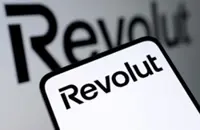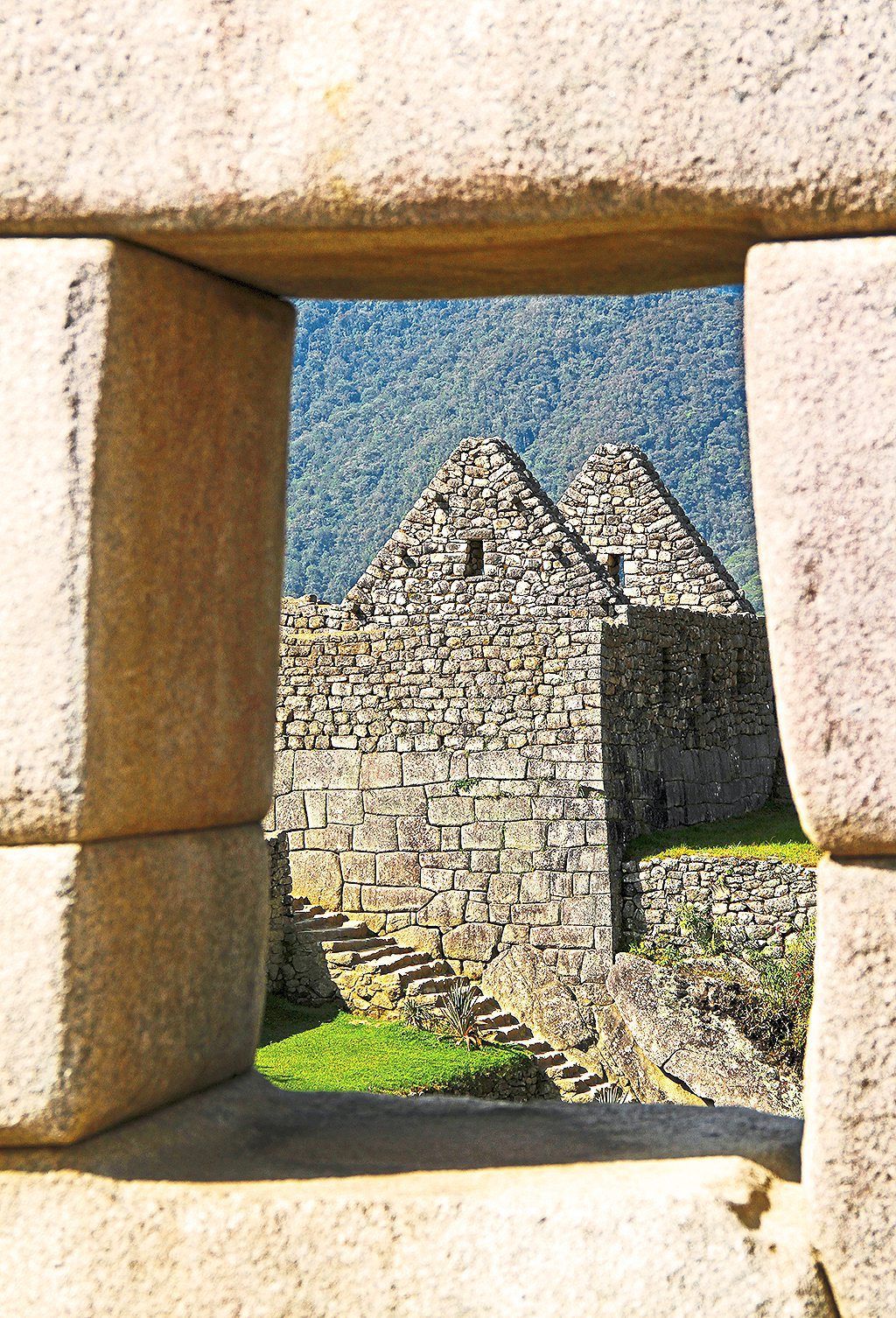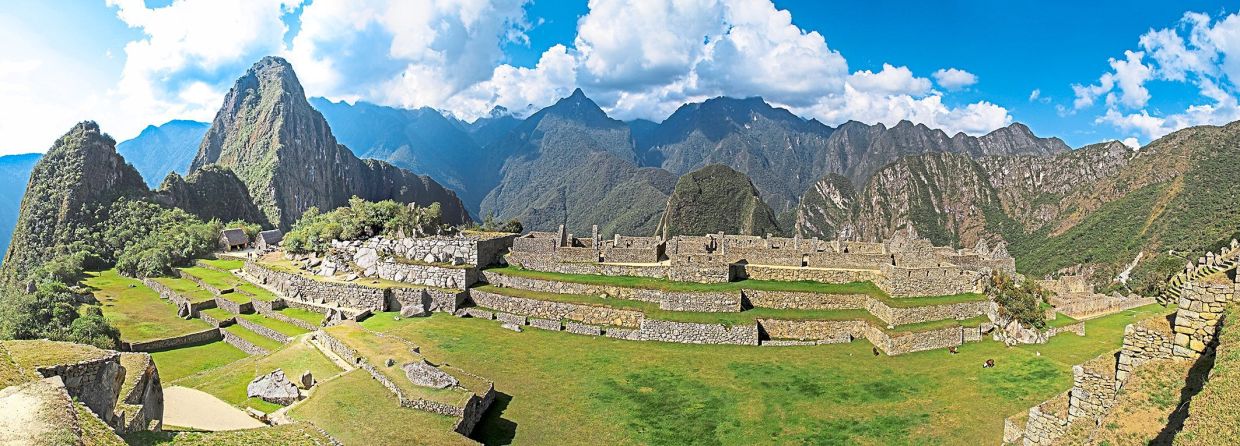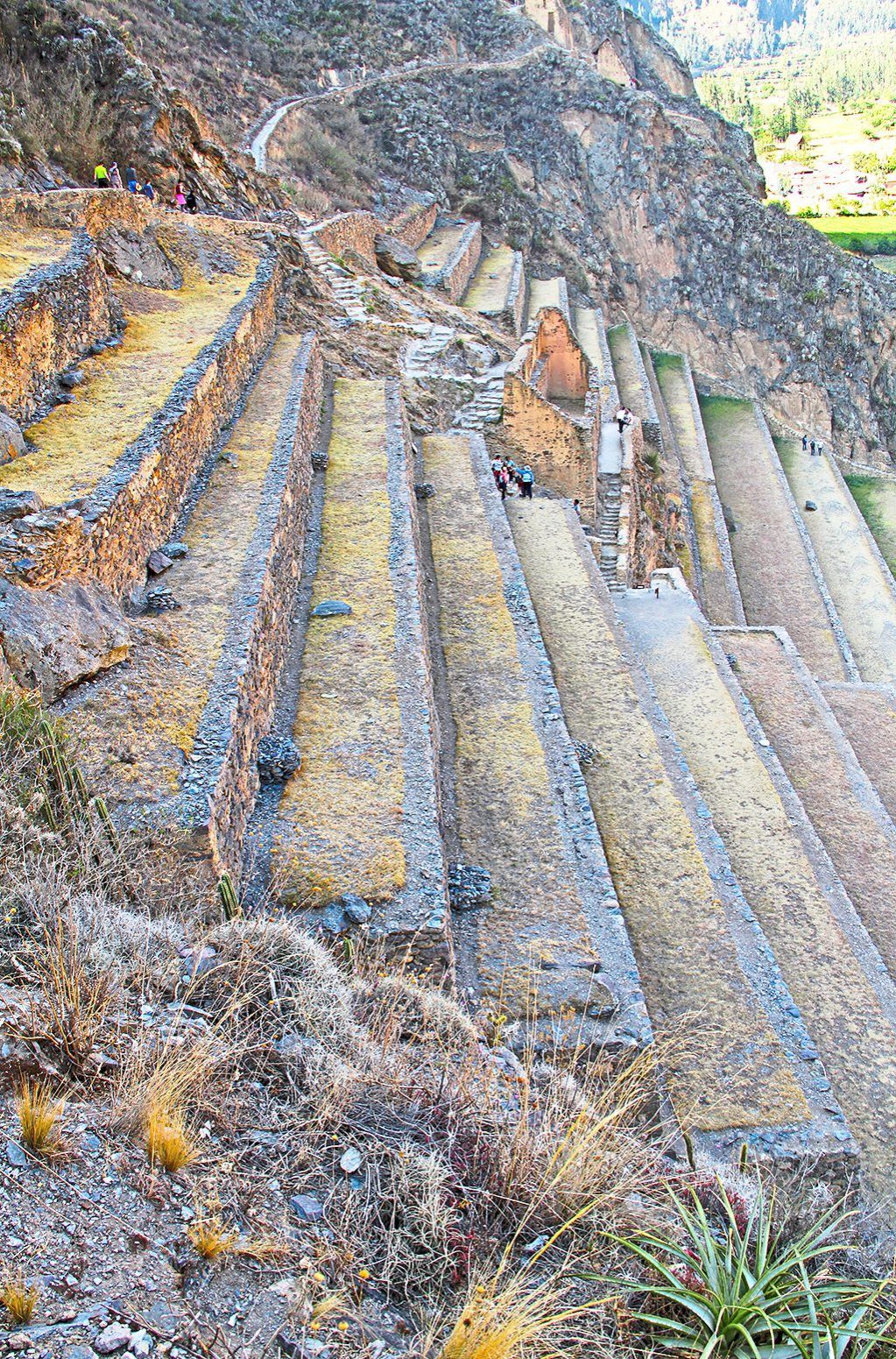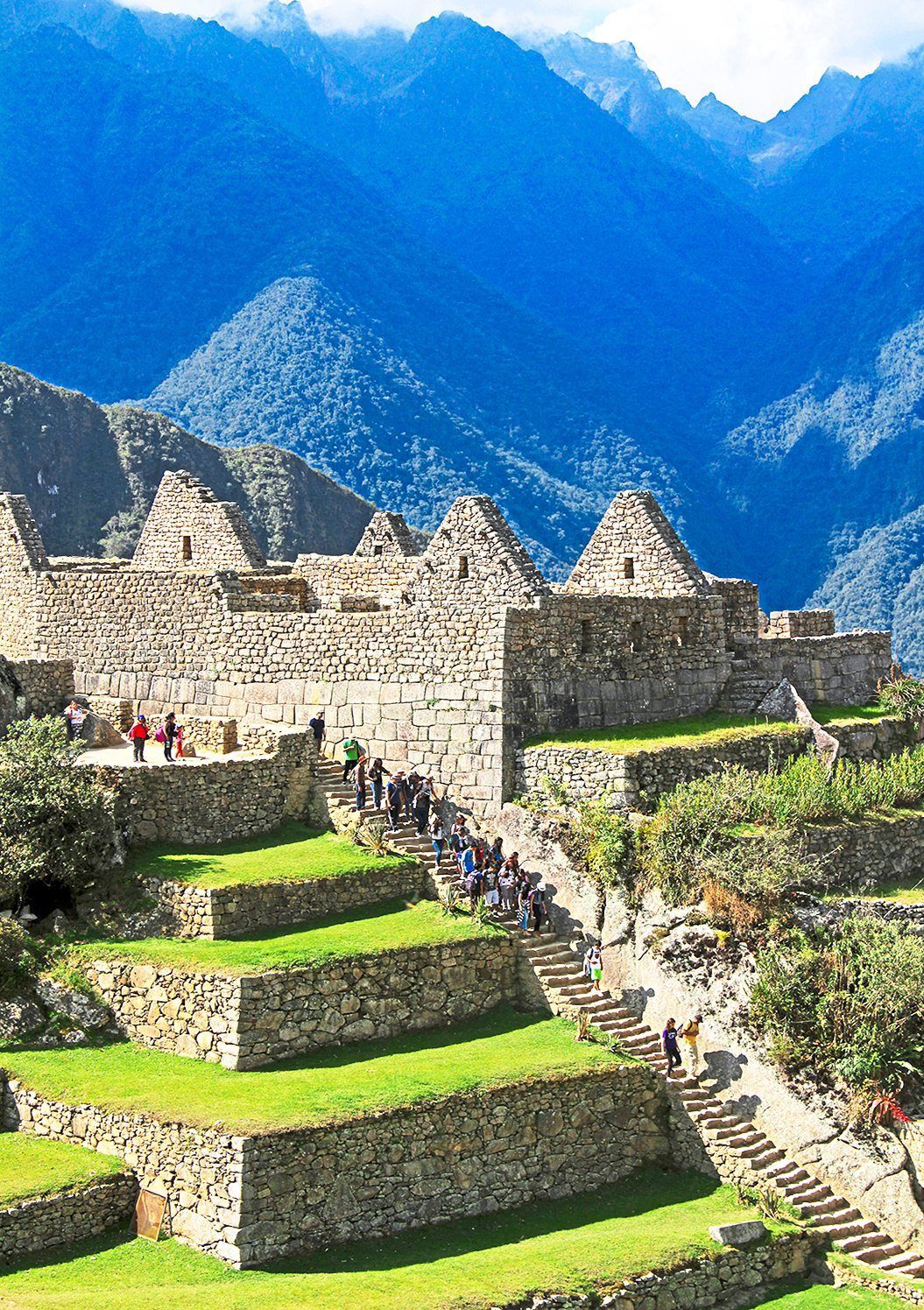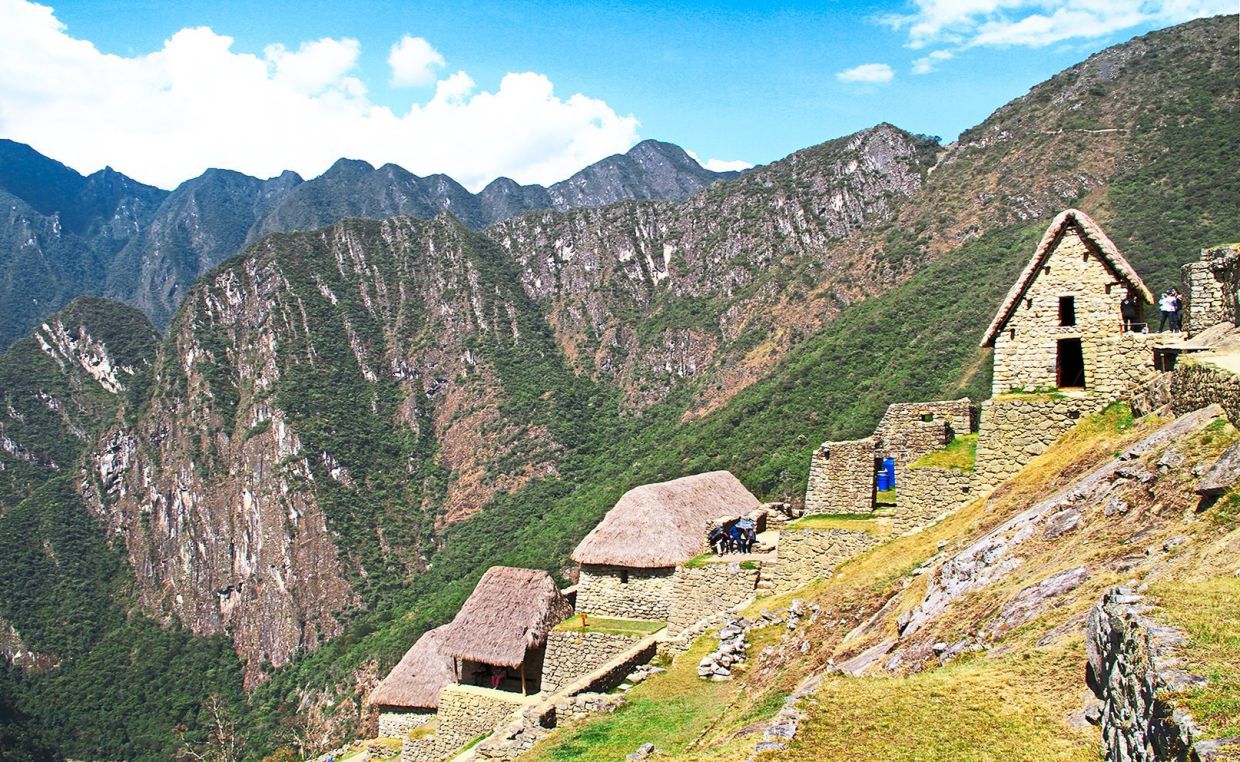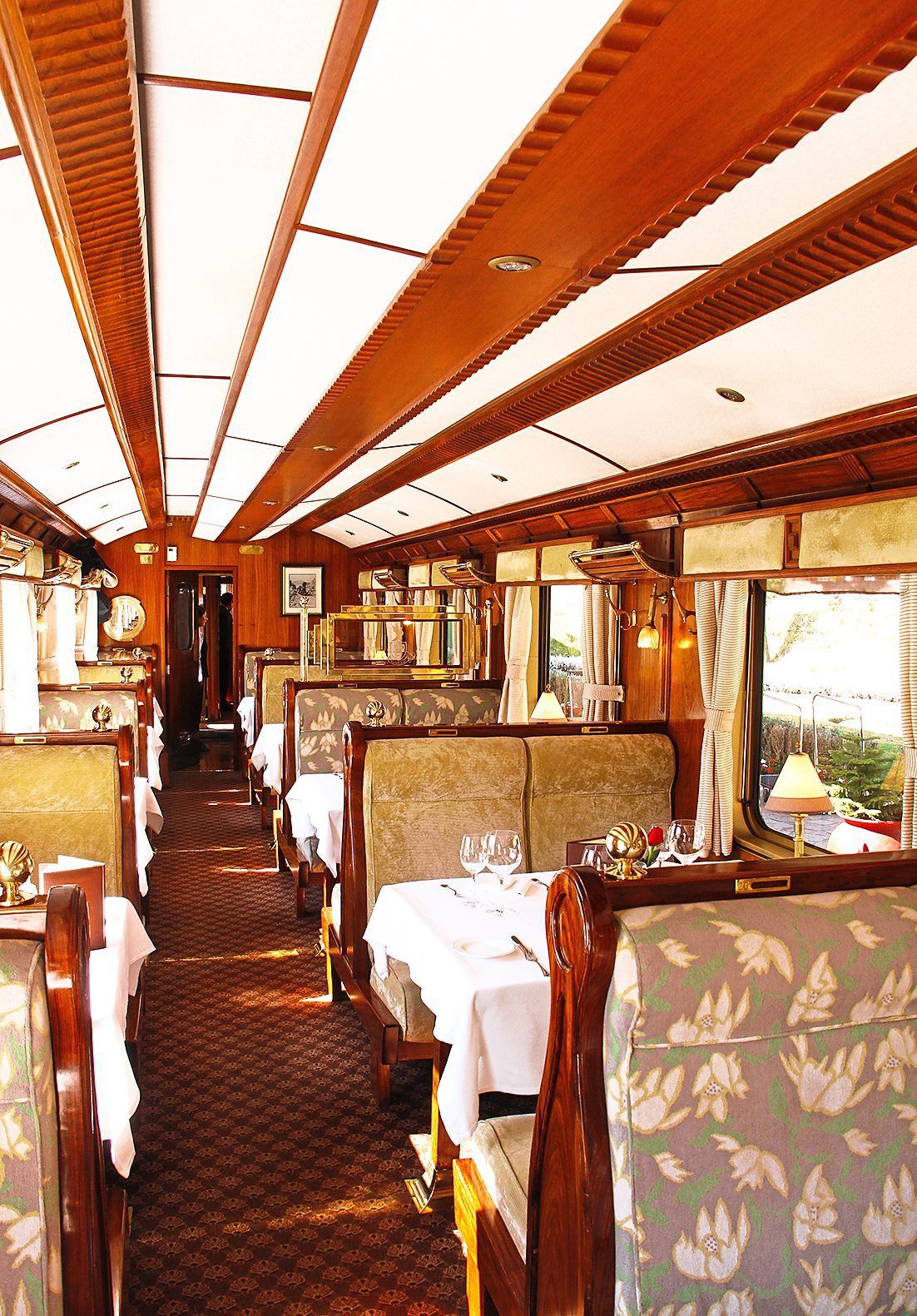Machu Picchu was built in the 15th century, and then later abandoned. — Photos: DAVID BOWDEN
Machu Picchu is one of the world’s most recognised and admired archaeological sites, and every tourist to Peru wants to visit and appreciate the important role it played in the mighty Inca civilisation that was centred on this prominent mountainous location.
American archaeologist Hiram Bingham “discovered” Machu Picchu in 1911, and the luxury train that now carries well-heeled tourists from Cusco (or Cuzco) to the Unesco World Heritage Site of Machu Picchu is named after him.
Visitors to this part of the world mostly fly into Cusco before heading off to Machu Picchu, with some time usually spent in the Sacred Valley, where other historic sites, such as Ollantaytambo, close to the banks of the Urubamba River, will also appeal to budding Indiana Jones types.
Apu is the name the Incas gave to the mountain spirits of their culture, and it was these protective forces that were responsible for the agricultural success as well as the well-being of the people who lived in Machu Picchu.
Known as the Historic Sanctuary Of Machu Picchu, this site is an amazing engineering feat, with buildings erected from massive stone blocks that were transported some distance to the site perched high up in the Andes Mountains.
Machu Picchu, extending over 32,592ha, is recognised for its outstanding cultural and natural assets, including mountain peaks, foothills, and valleys that surround the spectacular archaeological monument known as La Ciudadela (the Citadel).
This mountainous settlement, built in the 15th century, was abandoned when the Spaniards conquered it in the 16th century, and it only came to the attention of the outside world in 1911.
Some 200 stone structures are located on a site that had religious, ceremonial, astronomical, and agricultural value to the Inca people.
One of the things I found fascinating about this amazing site was that archaeologists remain uncertain about many aspects of Inca life, but most recognise the intricate relationship these people had with their natural surroundings. The various theories suggest Machu Picchu was a fortress, an astrological site, a reflective retreat, or perhaps a religious site, but whatever it was, the inhabitants made very conscious decisions to literally move mountains by erecting the grand stone structures that they did high up in the Andes.
Visitors are constantly reminded that these massive blocks of heavy stone were relocated and then arranged without mortar and with such accuracy to ensure that they have remained unmoved for centuries.
My guide was a font of knowledge, and while it’s an undulating site, the main part of Machu Picchu is relatively easy to negotiate, especially if you regularly stop to simply take in the magnitude of the setting and to immortalise it in photographs.
Journey and destination
Visitors can travel from Cusco to Machu Picchu by various modes of transportation, with the most comfortable being in exclusive and luxurious train carriages while enjoying the elegance of the dining car, the bar car, and an observatory. It is on these trains that passengers can admire the scenery in the open air while sipping traditional Peruvian cocktails and listening to live local music.
The Belmond Hiram Bingham train to Machu Picchu, with carriages modelled on Pullman cars of the 1920s, operates every day except the last Sunday of each month, with a morning departure from Poroy Station (near Cusco) to Machu Picchu Station and a late afternoon departure for the return journey.
Passengers on the Machu Picchu sector enjoy a gourmet lunch on the journey via Ollantaytambo to their heritage site destination, while a fine dining experience is a highlight of the early evening return trip.
I travelled both ways in one day and enjoyed an excellent selection of beverages that included local Peruvian wines, beers, and the national cocktail, Pisco Sour, that complemented both meals.
At other times, I relaxed in the bar car and listened to the beat of the Peruvian cajón and tambourines, with traditional Andean and international music creating a lively ambiance.
All-inclusive fares include coach transfers to and from Cusco to Poroy Station, the train to Machu Picchu Station, a bus to Machu Picchu, entry to the site with leadership from a tour guide (in English or Spanish), and a refreshing post-tour cocktail in the mountains at Belmond Sanctuary Lodge.
Passengers who want to spend more time at Machu Picchu can stay overnight near the heritage site, and for rail guests who have travelled there in the luxurious surrounds of the train, this generally means staying at the impressive Belmond Sanctuary Lodge, located close to the heritage precinct.
Heritage sideshow
Most visitors to Machu Picchu also spend time in Cusco and the Sacred Valley, with the Inca ruins of Ollantaytambo being the main attraction in the Urubamba River Valley, although there are several other tourist sites to visit.
Cusco Airport is the gateway to the area, and it wasn’t long before I slowly started to explore the city’s narrow alleyways, grand plazas, and impressive public buildings that are protected within the City of Cusco, considered a Unesco World Heritage Centre.
Even at the simplest of inclines, I was puffing, but I used my rest time profitably to take photos while catching my breath as my guide outlined the city’s historic detail.
At 3,400m above sea level, altitude sickness (known locally as soroche) is something some visitors to Cusco need to consider, but don’t be misled into thinking Cusco is the best place to acclimatise before travelling to Machu Picchu, as the latter is actually lower at 2,430m above sea level.
Visitors need to take things slow, drink coca tea and rest, with the only real solution being to travel to a lower altitude. To avoid such an illness, some tourists start their journey in the Sacred Valley and then visit Machu Picchu before ending up in Cusco.
Cusco was home to the Incas before the Spanish took charge, and there is evidence of both cultures with the Qurikancha housing fine Inca foundations as well as the Convent of Santo Domingo.
Plaza de Armas is typical of several open plazas in the city centre, with the ornate La Catedral and Temple de la Compania de Jesus lining its grassy verges.
Beyond the plazas, the ancient, narrow, winding alleyways of Barrio de San Blas extend into the suburbs, and it is here that small shops selling arts and crafts interspersed with bars and cafés create a lively ambiance.
Adventurous travellers will want to stay in Machu Picchu to spend several days in the region exploring the archaeological site, Cusco, and the Sacred Valley, whereas armchair explorers will be content with just one day at the fascinating Machu Picchu heritage area.
Travel notes
Getting there: There are no direct flights from Malaysia to Peru, so travellers have to make a transit (or two) along the way, with the connection offered by KLM Royal Dutch Airlines being quite seamless.
KLM has daily flights via Amsterdam’s Schiphol Airport, but the journey takes 30 hours unless you make a stopover in the Netherlands.
There are domestic flights from Lima to Cusco, and Machu Picchu is several hours from Cusco. Adventurous visitors can make the multi-day, 42km, high-altitude walk on the Inca Trail or ride the famous Hiram Bingham Train to Machu Picchu to admire this dramatic archaeological site perched high up in the Andes.
The bus journey from Plaza de Armas in Cusco to Poroy Station takes 20 minutes. Ollantaytambo Station is 90 minutes away, while Machu Picchu Pueblo Station (also known as Aguas Calientes) is another 90 minutes away. From here, passengers join a Consettur bus to the entrance of the World Heritage Site.
Where to stay: Belmond Palacio Nazarenas, Belmond Monasterio Cusco, Belmond Hotel Rio Sagrado, and Sanctuary Lodge Machu Picchu. Visitors to Peru are exempt from the country’s 18% sales tax on charges for their room and food upon presenting their passport at check-in.
Visas: Malaysians do not require a visa to enter Peru.
More info: Hiram Bingham Train (Perurail.com, or andbeyong.com).
Mysterious Machu Picchu
Machu Picchu was built in the 15th century, and then later abandoned. — Photos: DAVID BOWDEN
PERU URUMBAMBA SACRED VALLEY MACHU PICCHU UNESCO WORLD HERITAGE SITE
Some 200 stone structures are located on the Unesco World Heritage Site.
PERU URUMBAMBA SACRED VALLEY MACHU PICCHU UNESCO WORLD HERITAGE SITE STONE WALLS FRAMED VIEW
Machu Picchu has a dramatic landscape at the meeting point between the Peruvian Andes and the Amazon Basin. — Photos: DAVID BOWDEN
Ollantaytambo is another historic site located within the Sacred Valley, close to the banks of the Urubamba River.
PERU URUBAMBA PROVINCE SACRED VALLEY OLLANTAYTAMBO ARCHAEOLOGICAL SITE TERRACES
Even though it takes quite a bit of effort to make your way to Machu Picchu, the place is visited by millions of foreign tourists each year.
PERU URUMBAMBA SACRED VALLEY MACHU PICCHU UNESCO WORLD HERITAGE SITE STONE WALLS
The Iglesia de la Compania de Jesus is a historic Jesuit church in Cusco.
PERU URUMBAMBA SACRED VALLEY CUSCO IGLESIA DE LA COMPANIA DE JESUS PLAZA DE ARAMAS
Machu Picchu is located high in the Andes, so some visitors to the site may problems hiking their way up.
PERU URUMBAMBA SACRED VALLEY MACHU PICCHU UNESCO WORLD HERITAGE SITE
A worker checking and cleaning one of the structures at the site.
PERU URUMBAMBA SACRED VALLEY MACHU PICCHU UNESCO WORLD HERITAGE SITE WORKER
The Hiram Bingham Train dining car.
PERU URUMBAMBA SACRED VALLEY CUSCO RAILWAY STATION HIRAM BINGHAM TRAIN DINING CAR
Machu Picchu was built in the 15th century, and then later abandoned.
PERU URUMBAMBA SACRED VALLEY MACHU PICCHU UNESCO WORLD HERITAGE SITE


